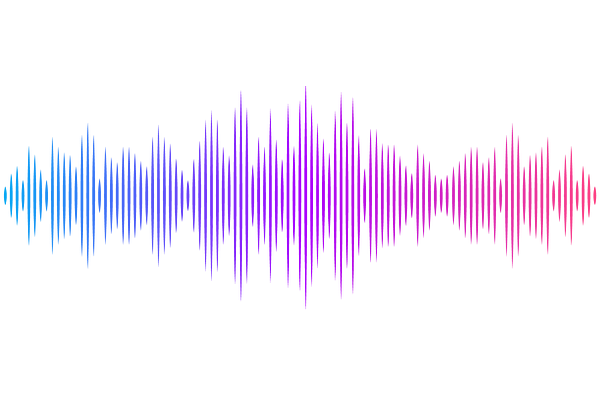The unique molecular recognition features of Siglec-10: structural insights into sialoglycan and antibody interactions

The unique molecular recognition features of Siglec-10: structural insights into sialoglycan and antibody interactions
Sobczak, K.; Antonana-Vildosola, A.; Valverde, P.; Travecedo, M. A.; Jame-Chernaboo, Z.; Schmidt, E. N.; DAndrea, S.; Valdaliso-Diez, E.; Oyenarte, I.; Laugieri, M. E.; Joe, M.; Mozaneh, F.; Lin, S.-Y.; Bosch, A.; Moure, M. J.; Franconetti, A.; Lee, S. Y.; Etxaniz-Diaz de Durana, J.; Perez-Gutierrez, L.; Palazon, A.; Marcelo, F.; Fadda, E.; Corzana, F.; Gimeno, A.; Macauley, M. S.; Jimenez-Barbero, J.; Ereno-Orbea, J.
AbstractSiglec-10 is a sialic acid-binding immunoglobulin-like lectin implicated in immune regulation, yet its molecular basis for ligand recognition and functional role in immune modulation remain poorly defined. Here, we present a multidisciplinary study encompassing structural, biochemical, and cellular approaches to elucidate Siglec-10-carbohydrate interactions and function. X-ray crystallography revealed two key arginine residues within the Siglec-10 binding site that interact with the carboxyl group of sialic acid, a canonical R119 and a non-canonical R127, suggesting potential dual contributions to ligand engagement. Saturation Transfer Difference (STD)-NMR confirmed that R119 is essential for binding to sialoglycans, while R127 appears dispensable in interactions with glycans in solution. However, cell-based binding assays using primary human T cells and engineered monocytic lines demonstrated that both arginines (R119 and R127) are critical for cellular recognition, highlighting a more complex mechanism of interaction with the glycocalyx. We further ruled out CD24 as a principal ligand for Siglec-10 on T cells or breast cancer cells, despite high CD24 expression, suggesting the involvement of alternative sialylated glycoproteins or glycolipids. Finally, we show that antibody-mediated blockade of Siglec-10 using S10A mAb restores CAR-T cell cytotoxicity against Siglec-10 expressing target cells, supporting a role for Siglec-10 as an immune checkpoint. These findings identify Siglec-10 as a modulatory receptor with structural and functional features distinct from other Siglec family members and provide a framework for therapeutic targeting in cancer immunotherapy.